Home > Investment casting
Investment casting
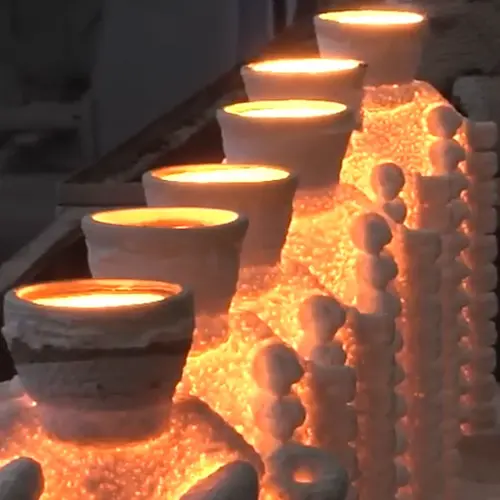
Investment casting
Investment casting, also known as “lost-wax casting,” uses a fusible (lost wax) pattern to form a mold, then heated and melted at high temperatures to create a precise cavity with no parting surface for pouring molten metal to produce high-precision castings. The castings with extremely complex shapes, precise dimensions, and smooth surfaces.
Our Foundry Investment Casting Process
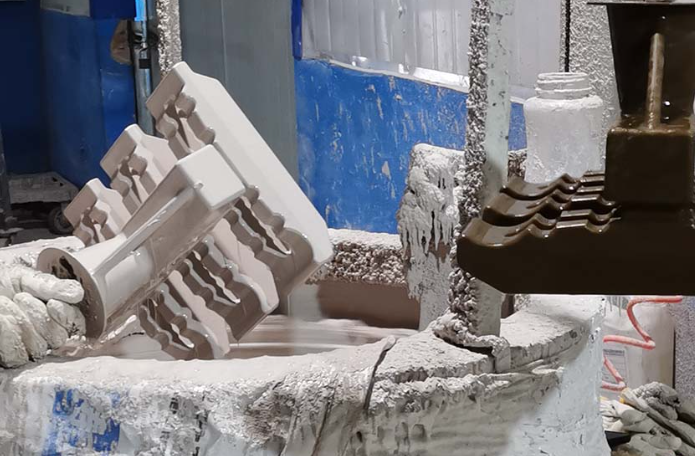
Mold design and production
We design a metal or aluminum mold and machied mold based on the product drawings to create the wax model. The mold requires extremely high precision. We inject wax into the mold under pressure. After cooling, resulting in a wax pattern that perfectly matches the final casting shape. This is known as the “wax model.”
Wax Tree Assembly
Multiple wax patterns are hand-welded together onto a common wax pouring system (including sprue cups, sprues, runners, and ingates), known as a “wax tree.”
Shell Forming (Building the Ceramic Shell)
The wax tree is repeatedly dipped into a slurry consisting of a binder such as silica sol/ethyl silicate and a finely divided refractory material (such as zircon powder or bauxite powder).
After dipping, a layer of coarser refractory sand (such as mullite or corundum) is sprinkled on the surface to enhance the shell’s strength and air permeability. The shell is then dried and hardened.

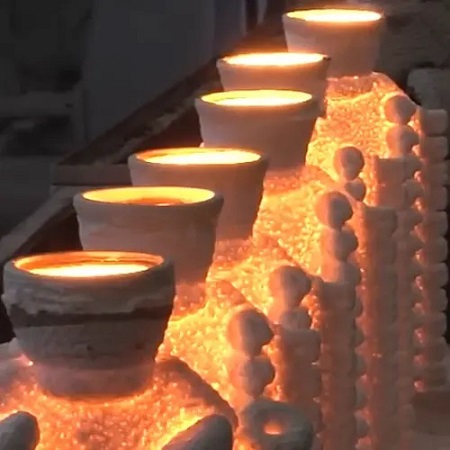
Dewaxing/Mold Firing
Place the wax tree assembly upside down in a high-pressure steam autoclave or hot water tank.
The heat from the steam or hot water melts the wax pattern inside, releasing it and recovering the wax for reuse.
The dewaxed ceramic shell is then fired in a high-temperature furnace (approximately 800-1100°C).
Melting and pouring
Remove the fired high-temperature mold from the furnace and pour while it’s still hot (the mold is still red hot).
Pour molten metal (such as stainless steel, alloy steel, carbon steel, aluminum alloy, etc.) into the mold’s pouring cup until the cavity is completely filled.
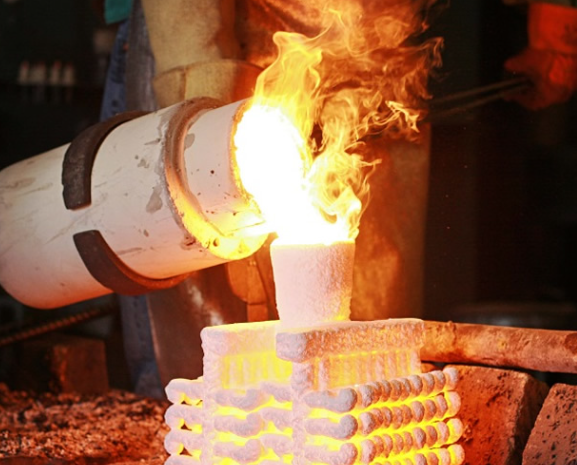
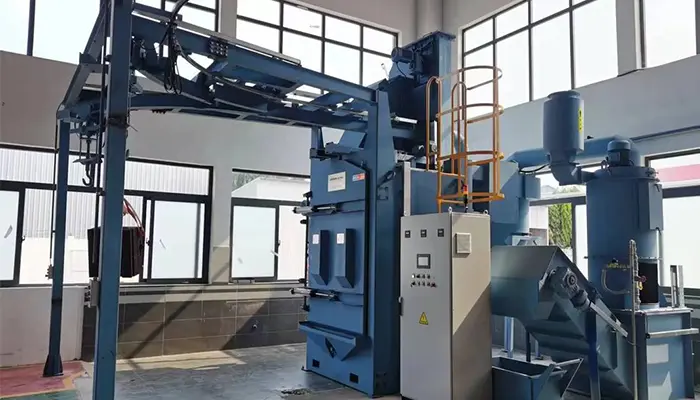
Cleaning and inspection
After pouring, the metal solidifies and cools within the mold shell.
The outer ceramic shell is then broken and removed by vibration, hammering, or high-pressure water jets.
Cutting and Post-Processing
Individual castings are cut from the pouring system using methods such as abrasive cutters.
Sandblasting, grinding, and shot blasting are then performed to remove residual ceramic and burrs from the casting surface.
Finally, heat treatment (if necessary) and quality inspection are performed to obtain the final product.
Our investment casting advantage
Extremely high dimensional accuracy and surface finish: typically achieving CT4-6 accuracy and Ra1.6-12.5μm surface roughness, significantly reducing machining effort.
Capable of producing extremely complex parts: capable of producing castings with complex cavities, thin parts (minimum wall thickness down to 0.5mm), and intricate patterns that are difficult to achieve with other processes.
Wide range of materials: compatible with virtually all alloys, with particular expertise in casting high-melting-point, difficult-to-cut high-alloy steels, stainless steels, and titanium alloys.
High flexibility: suitable for both large-scale production and small-batch and even single-piece production.
Application Areas
Aerospace: Key high-temperature alloy components such as engine blades, turbine discs, guide rails, and casings.
Medical: Titanium and stainless steel implants such as artificial joints (hip and knee joints) and surgical instruments.
Military: Firearms components, missile parts, radar devices, etc.
Automotive: Turbocharger impellers, engine rocker arms, exhaust manifolds, etc.
General machinery: Pump casings, impellers, valves, tool bits, etc.
Art: Precision art such as sculptures and jewelry.

